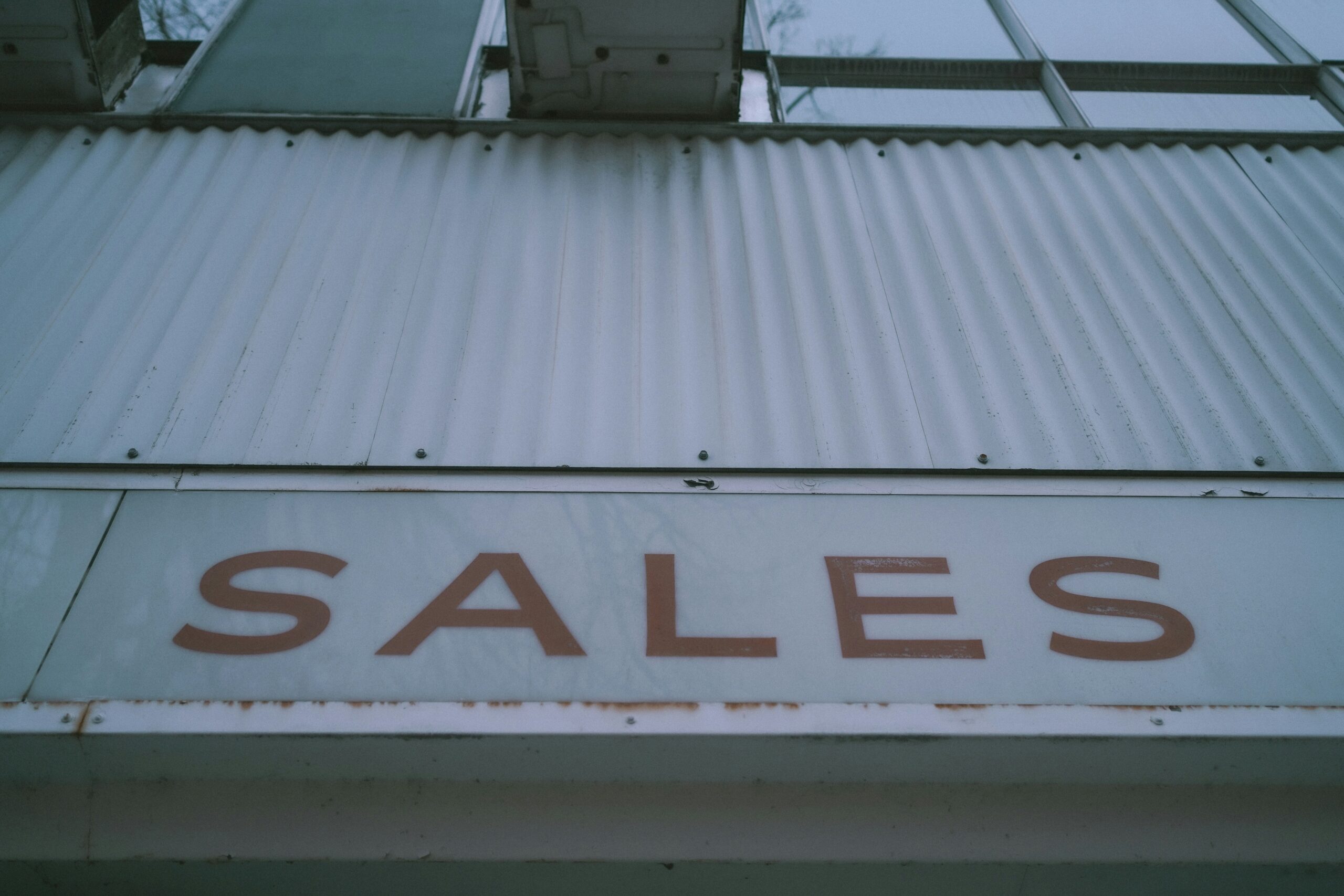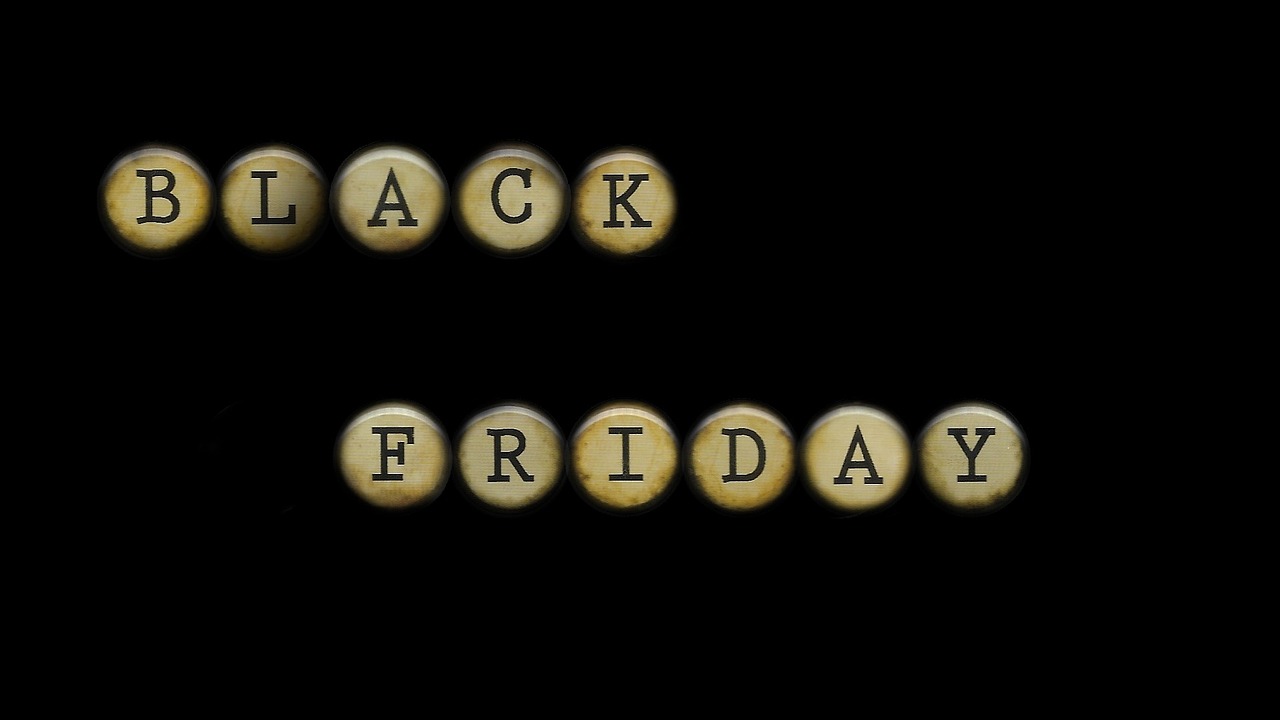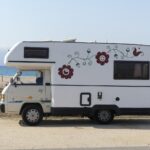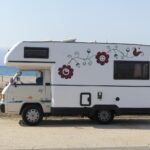Are there any RV sales at Camping World for recreational vehicles?

Are There Any RV Sales At Camping World For Recreational Vehicles?
You might be wondering if Camping World runs sales on RVs and whether those sales are worth your attention. The short answer is yes — Camping World does offer sales, promotions, and periodic discounts on recreational vehicles — but the details matter and you’ll want to know how to find them, how they work, and how to get the best deal.
Overview: What to Expect From Camping World RV Sales
Camping World is one of the largest RV retailers in the U.S., and their sales can include new RVs, used RVs, demos, and clearance units. You should expect a mix of manufacturer incentives, dealer discounts, seasonal promotions, and bundled offers on accessories and service. Understanding the types of sales and the timing will help you choose when and how to buy.
What Kinds of RV Sales Does Camping World Run?
Camping World runs a variety of sales events and promotional structures throughout the year. Each type of sale serves a different objective — clearing inventory, promoting new models, or incentivizing financing.
Seasonal and Holiday Sales
Camping World typically matches retail seasonality with sales tied to popular holiday weekends and RV buying seasons. You can often find deals around times when consumers expect promotions. These events may include extra incentives, promotional APRs, or package discounts.
Model-Year Closeouts & Clearance
When manufacturers introduce new model years, dealerships often discount older model-year inventory to make room. Camping World frequently offers closeout pricing on model-year clearance units, especially on less popular floorplans or colors.
Demo Units and Floor Models
Demo units and floor models can carry meaningful discounts. These units were used for display or limited test drives, so they often show light wear but have reduced prices compared with brand-new inventory.
Used RV Specials and Certified Pre-Owned Offers
Camping World sells used and trade-in RVs and periodically features specials on used inventory. Some locations may offer a more thorough inspection or reconditioning program on certain used units — always ask what certification or inspection standards were used.
Manufacturer Incentives & Rebates
Manufacturers occasionally provide dealer incentives or manufacturer rebates that can be passed to you through Camping World. These incentives can be combined with dealer discounts in some cases, but terms vary by brand and model.
Financing Promotions
Sales sometimes include attractive financing such as low APRs or promotional terms for qualified buyers. These can reduce monthly payments and overall cost, but make sure you compare total loan cost after fees and any balloon payments.
Trade-In and Loyalty Incentives
You can sometimes get additional value through trade-in promotions or loyalty incentives if you’ve purchased from the retailer previously, belong to particular groups, or are a Good Sam Club member.
Membership and Partner Discounts
Camping World is closely associated with Good Sam Club and other partners. Memberships may unlock extra discounts on parts, services, and sometimes on RV pricing itself. Always check current membership offers and read the fine print.
How to Find Current RV Sales at Camping World
Finding active sales requires a mix of online checking and direct contact. Knowing where to look will save you time and help you act quickly on a good deal.
- Check the Camping World website for current offers and sales events; they often highlight promotions on the homepage and dedicated sales pages.
- Search the inventory pages for your nearest store and filter by price reductions, demo units, or clearance tags.
- Sign up for email alerts and text notifications from Camping World so you’ll be notified of limited-time events and dealer-specific promotions.
- Call or visit your local Camping World lot; in-person inventory and unpublished specials can be different from what’s listed online.
- Look for promotional ads around holiday weekends and model-year turnover periods when discounts are more common.
- Use social media or local classifieds where dealers sometimes list last-minute price drops, demonstration events, or auction notices.

New vs. Used: How Sales Differ
You’ll find very different sale dynamics between new RVs and used RVs. Each has advantages and potential drawbacks when buying during a sale.
| Feature | New RV Sales | Used RV Sales |
|---|---|---|
| Typical Discount Types | Manufacturer rebates, dealer discounts, finance incentives | Price reductions, reconditioning specials, trade-in markdowns |
| Warranty | Full factory warranty; possible extended plans | May have limited or dealer-backed warranty; varies by unit |
| Depreciation | Faster initial depreciation, but newer features | Slower initial drop if older; may be priced significantly lower |
| Inventory Choice | Model-year selections, new options | Varied, limited to trade-ins and previous stock |
| Inspection Needs | Standard walk-through and factory checks | Strongly recommended independent inspection |
| Potential Savings | Often percentage off MSRP or bundled accessories | Potentially larger dollar savings; negotiable |
You should weigh warranty coverage and the cost of potential repairs against the savings on used units. If you prefer lower immediate payments and new features, new sales events are appealing. If you want the lowest price and are comfortable with inspection, used sales can be great.
How Camping World Pricing and Discounts Typically Work
Understanding dealer pricing mechanics will help you evaluate an advertised sale price and identify real savings.
- MSRP and Sticker Price: New RVs come with an MSRP, but dealers often add fees such as destination, dealer prep, and documentation that affect final price.
- Dealer Discounts: Dealer-level discounts can be applied to MSRP, especially on older inventory or floor models. These discounts are not always advertised and may be negotiable.
- Manufacturer Rebates: Rebate dollars from manufacturers are separate incentives that reduce your out-of-pocket cost or can sometimes be used as down payment.
- Promotional APRs: Low-interest financing can reduce monthly cost but check the total finance charge and compare with other lenders.
- Bundles and Add-Ons: Sellers may package accessories (hitches, awnings, service plans) at a promotional price. Assess whether bundled add-ons are things you actually need.
- Fees and Taxes: Final purchase price will include taxes, registration, licensing, and dealer documentation fees; ensure you get a clear itemized out-the-door quote.

Financing, Warranties, and Add-Ons During Sales
When a sale is active, many incentives hinge on how you finance and what warranties or add-ons you accept. Being prepared with knowledge will protect your wallet.
Financing Options
Camping World often works with multiple lenders and may offer in-house or partnered financing. It’s wise to get pre-approved through a bank or credit union to compare terms and understand your bargaining position. Promotional financing may require higher credit scores to qualify.
Extended Warranties and Service Contracts
Extended service contracts (sometimes called extended warranties) can be offered at the point of sale. These plans vary in coverage, exclusion, and price. You should ask for the contract details, what components are covered (engine, chassis, appliances, electrical systems), and whether the plan is transferable if you sell the RV.
GAP Insurance and Roadside Assistance
GAP (Guaranteed Asset Protection) covers the gap between your insurance payout and the loan balance if the RV is totaled. Roadside assistance can be bundled, sometimes with discounts for Good Sam Club members. Evaluate cost vs. likely benefit.
Accessories and Installation Packages
Sales may include accessory bundles for a lower bundled price (e.g., hitches, leveling systems, satellite setups). Confirm installation quality, labor warranties, and whether any aftermarket work affects factory warranties.
Negotiation Strategies When Shopping Camping World Sales
You should approach a sale prepared and strategic. Here are effective techniques to use.
- Do price research: Use sources like RVTrader, NADA, and local listings to know typical prices for the model you want.
- Get competing quotes: Ask multiple dealerships for quotes to compare and use leverage when negotiating.
- Be ready to walk away: Your best bargaining tool is the willingness to leave a deal that doesn’t meet your criteria.
- Ask for an itemized out-the-door price: Make sure the quote includes taxes, fees, and delivery charges so you can compare apples to apples.
- Negotiate financing separately: Get finance pre-approval so you can evaluate dealer financing offers on their merits without being pressured.
- Request dealer-installed options be itemized: Determine the cost of add-ons and negotiate them down or remove unneeded items.
- Time your purchase: End-of-month and end-of-quarter can be better for negotiating because sales teams may have quotas.
- Bring up trade-in separately: Get a trade-in appraisal before negotiating the purchase price to avoid cross-influence on the numbers.

Inspection and Test Drive Checklist
Whether you buy new or used, a careful inspection is crucial. If you are not technically inclined, hire a qualified independent RV inspector to perform a pre-purchase inspection.
Exterior & Structural Checklist
- Roof seams and seams around vents and air conditioners for signs of cracking or patching.
- Slide-out seals and mechanisms for smooth operation and water intrusion indicators.
- Frame and chassis for rust, weld cracks, and previous damage.
- Tires for age, tread depth, and uneven wear; check spare condition.
- Exterior lights, awnings, and entry steps for function and damage.
Interior & Systems Checklist
- Water system: check for leaks, proper pressure, and hot water heater operation.
- Electrical system: test outlets, inverter, battery condition, and shore power connections.
- Appliances: stove, refrigerator (absorption and electric), furnace, and A/C.
- Plumbing: hunt for dampness, soft cabinets, or water stains.
- Slide mechanisms and seals: ensure smooth extension/retraction and leak-free seals.
Mechanical & Drive Checklist (for motorized RVs)
- Engine: check leaks, unusual noises, and service records.
- Transmission: smooth shifting during a test drive.
- Brakes and suspension: stop-test and look for vibrations.
- Steering: no excessive play, and the vehicle tracks straight on the road.
Documentation Checklist
- VIN verification and history report: check for salvage titles, flood damage, and previous accidents.
- Maintenance records and service history: the more documented the better.
- Warranty paperwork and transferability details for any remaining factory coverage.
Include a table summarizing these items for easy reference:
| Area | Key Items to Check |
|---|---|
| Exterior | Roof seams, slide seals, tires, chassis rust, awnings |
| Interior | Water/plumbing, appliances, electrical outlets, slide function |
| Mechanical | Engine, transmission, brakes, steering (motorized units) |
| Documentation | VIN history, maintenance records, warranty details |
Trade-Ins, Consignment, and Selling Before You Buy
If you plan to trade in your current RV, understand the options and how to get the most value.
- Trade-In Benefits: Trading in reduces the cash you need at purchase and simplifies the selling process, but trade-in payouts are usually lower than private sale prices.
- Consignment: Some dealers offer consignment services to sell your RV on your behalf, which can net a higher price than trade-in but takes time and may involve fees.
- Private Sale: Selling privately often yields the best price, but you will manage listings, showings, and buyer vetting.
- Prepare Your RV: Clean and perform minor maintenance (fluid changes, new filters, fresh battery) to command higher offers. Provide a complete maintenance book to build buyer confidence.

Delivery, Fees, and Final Paperwork
When a sale is agreed, the out-the-door cost will include several items beyond the sticker price.
- Dealer Prep and Delivery Fees: These cover preparation for delivery, systems checks, and sometimes a delivery inspection. Ask for details and reasonableness.
- Documentation and Processing Fees: Dealers charge administrative fees; some are negotiable, others mandated by the dealership’s policy.
- Taxes and Registration: Sales tax and registration fees vary by state and must be included in your budget. Dealers often handle registration for a fee.
- Temporary Permits and Licensing: If you’re out-of-state, ensure the dealer provides appropriate temporary registration or assists with titling.
Always request and review a final itemized sales contract that details every charge and the included warranties or service agreements.
Timing Your Purchase for the Best Sales
Timing can significantly influence the price and available inventory. If you can be flexible, consider seasonal and cyclical patterns.
- End-of-Model-Year Clearance: When new model years arrive, dealers discount previous-year inventory.
- Off-Season Buying (Late Fall/Winter): Demand tends to slow in colder months, which can increase dealer willingness to discount.
- Holiday Sales: Many dealers run promotions around long holiday weekends; check for advertised specials but verify the depth of the discounts.
- End-of-Month/Quarter: Sales staff with quotas may be more open to negotiating as a deadline approaches.
- RV Shows and Local Events: Dealers may run show promotions, but inventory at shows can be limited and the pressure to buy may be higher.
Pros and Cons of Buying During a Sale
You’ll want to balance potential savings against common pitfalls that can come with sale circumstances.
Pros:
- Potentially lower prices and manufacturer incentives.
- Bundled accessories or service packages at discounted rates.
- More leverage to negotiate financing terms and trade-in amounts.
Cons:
- Reduced selection on clearance units or last model years.
- Sales pressure or limited test opportunities for demo/floor units.
- Risk of accepting unsuitable add-ons bundled into a “deal.”
- Possible rush in paperwork or pressure to finalize before independent inspections.
After the Sale: Service, Parts, and Ongoing Costs
Owning an RV involves ongoing expenses and maintenance. Camping World has service centers and parts departments, but you should plan for recurring costs.
- Routine Maintenance: Roof resealing, brake service, appliance maintenance, and chassis service add to ownership costs.
- Parts and Accessories: Camping World sells parts and accessories; you may find competitive prices, but compare with specialty suppliers.
- Service Centers: Camping World operates service centers that can handle major repairs and warranty work; check scheduling times and available technicians.
- Roadside Assistance: Consider purchasing or confirming roadside assistance coverage for towing, battery jump-starts, and on-road repairs.
- Storage and Insurance: Budget for storage (if you don’t park at home) and insurance premiums that fit the size and value of your RV.
Frequently Asked Questions (FAQs)
You probably have specific concerns; here are answers to common questions buyers ask when considering Camping World sales.
Q: Are the advertised sale prices final?
A: Advertised prices often represent starting points or limited-time offers. Always ask for an out-the-door quote that includes all fees and taxes.
Q: Can sale incentives be combined?
A: Sometimes you can stack manufacturer rebates, dealer discounts, and financing offers, but combinations depend on manufacturer and dealer rules. Ask what combinations are permitted for the specific unit.
Q: Does Camping World price-match?
A: Price-matching policies vary by location and product type. Ask the sales team whether price matching is available and what proof they require.
Q: Will a certified inspection be available for used RVs on sale?
A: Some dealers offer reconditioning and inspection on used units; confirm who performed the inspection and whether an independent inspection is permitted before finalizing the deal.
Q: Is Good Sam membership necessary to access sales?
A: Good Sam membership can unlock additional benefits and discounts in some cases, but it is not always a requirement to participate in sales. Check the details of each promotion.
Final Checklist Before Signing
Use this checklist immediately before you commit to a purchase to avoid unpleasant surprises:
- Confirm the final out-the-door price with all fees itemized.
- Verify warranty coverage, transferability, and start dates.
- Request maintenance and service records if buying used.
- Schedule or perform an independent inspection if buying used or a demo.
- Get the financing terms in writing and compare with your pre-approval.
- Ensure delivery, registration, taxes, and any temporary permits are explained.
- Confirm what parts, accessories, and training are included at handover.
- Ask about the process for addressing defects discovered after purchase.
Final Thoughts and Next Steps
You can find RV sales at Camping World that offer meaningful savings and incentives, but you should approach these sales armed with research, inspection plans, and clear financing options. Use the tips above to prepare: monitor the website and local dealer, get pre-approved financing, arrange for inspections, and negotiate an itemized out-the-door price. By taking these steps, you’ll put yourself in a strong position to evaluate any sale, recognize a genuine bargain, and avoid costs that can negate advertised discounts.
If you want, you can tell me the model or type of RV you’re looking for, your timeline, and your financing preferences, and I’ll help you craft a targeted approach to find the best possible sale and negotiate effectively.







